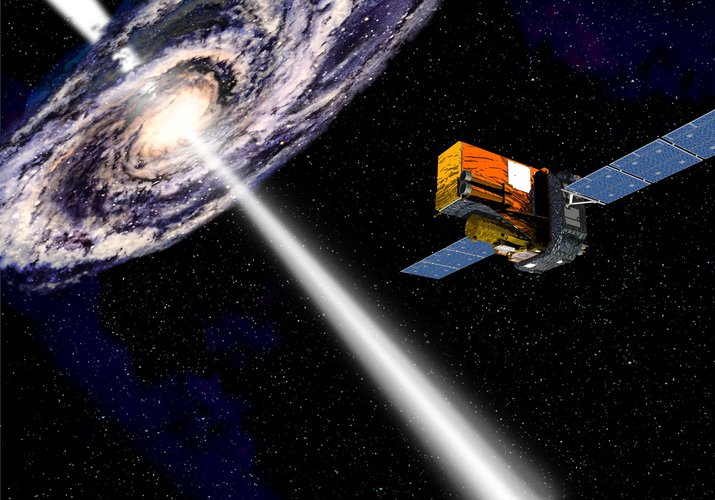Inventing the “Z-flip”

After days worrying over the fate of the mission, two team members came up with an idea.
“I didn’t believe it was possible at first. We checked with our flight dynamics colleagues and the theory indicated it would work. After doing a simulation, we tested it on the spacecraft. It worked,” says Richard with relief.
By using a specially designed sequence of manoeuvres, the control team realised they could redistribute the angular momentum stored onboard the satellite using two different reaction wheels spinning in opposing directions, causing the spacecraft to flip.
“So at this point we knew we could control the build up of energy absorbed from the Sun, and christened this new manoeuvre the “z-flip”. As far as I'm aware, this has never been done before. It was a great achievement, but could we continue to do science?”.
After long and intensive discussions with colleagues at the Science Operations Centre in ESAC, Madrid, the team of scientific mission planners came up with a sequence of objects for Integral to observe that would fit within its new range of motion. The mission was fortunately back to (somewhat more limited) science operations.



